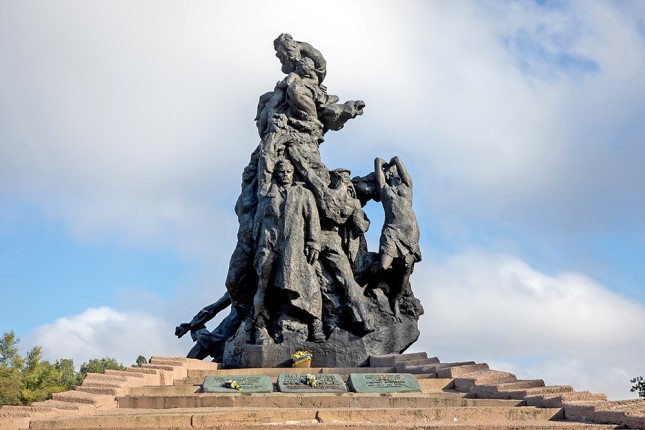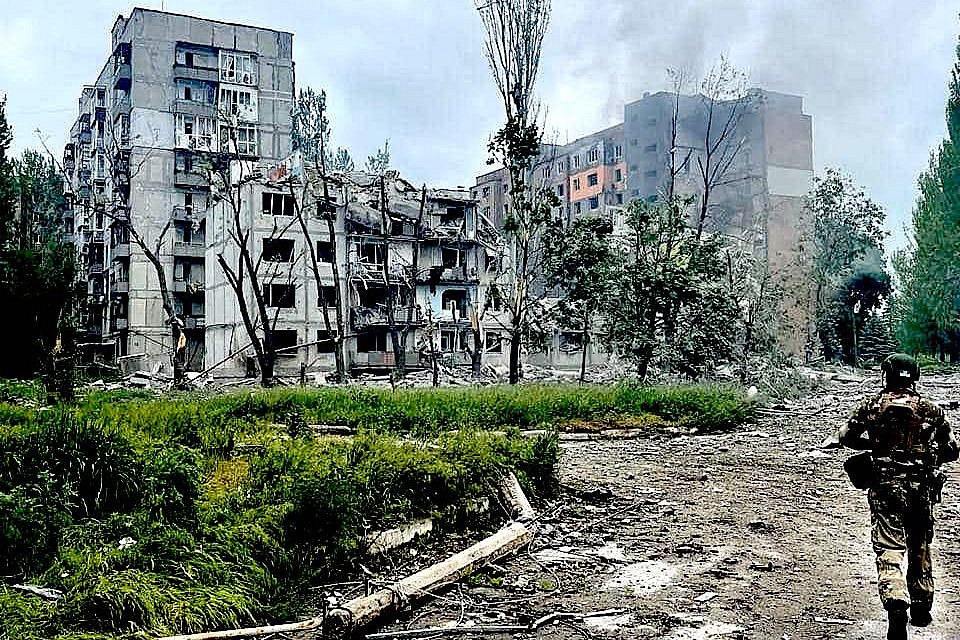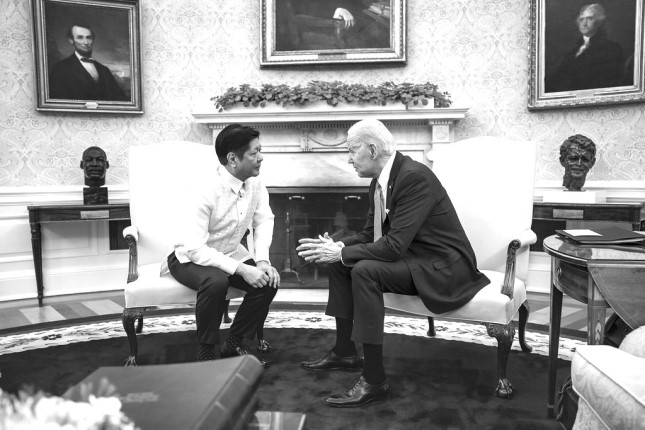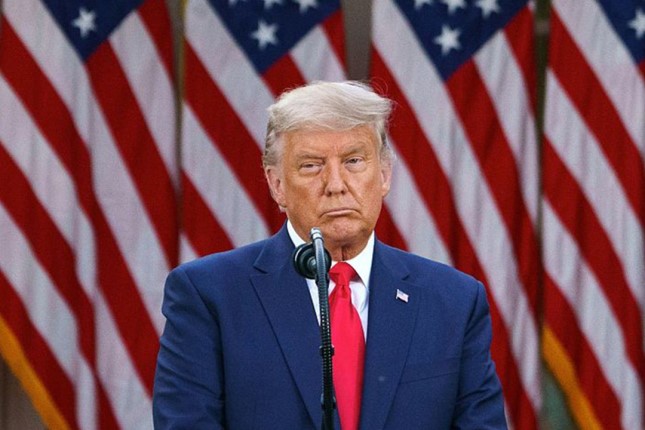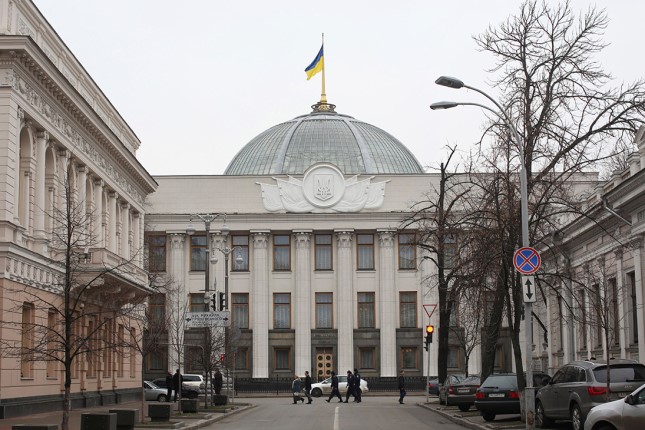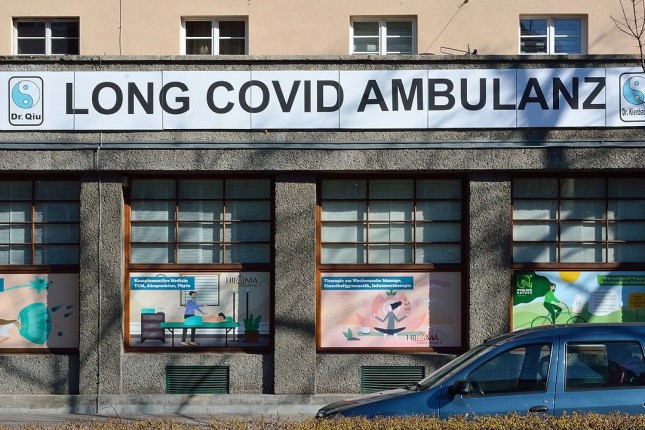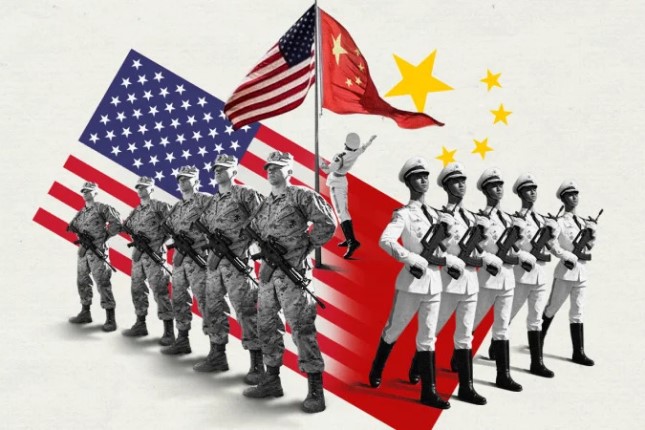The first sign of trouble to come, I recall thinking, was in June 2014. June 6 fell on a Friday, and that weekend leaders of what used to be called the Allied powers gathered on the Normandy beaches to celebrate the 70th anniversary of the D–Day landings and the beginning of the Allies’ final triumph over the Nazi Reich.
No Russian official was invited to join the gathering.
How shamelessly undignified, I recall thinking. What a pack of embarrassing slobs, those second-rate “leaders” who assembled for photo ops on the sand.
Then I thought of a book Tom Engelhardt brought out a few years after the Soviet Union collapsed. The Commissar Vanishes (Metropolitan, 1997) is a collection of before-and-after photographs showing how, during the Stalinist years, the Soviets airbrushed those it judged political enemies out of official photographs. The book is mildly amusing but mostly frightening.
And then I thought of how diabolically powerful it is, how Mephistophelian, to tamper with history. And now I note bitterly how common this practice is among those who purport to speak for us but who, in reality, act against us.
A year after the D–Day events it came time to mark the Red Army’s liberation of Berlin in April 1945. And again: No American leader and no European of any rank so far as I recall, attended the ceremonies in Moscow. No speeches, no public messages honoring the Soviets’ extraordinary sacrifices and heroism, barely any mention of the anniversary in the Western press.
Another airbrush job. This time I felt a sting of indignation that made me ashamed of the nationality fate has assigned me. A worthy Western leader would have stood and said loudly, “We are all Russians today.”
Nine years ago, eight years ago: We all recall what had transpired at the time of these disgusting perversions of the past. In February 2014 the U.S. orchestrated an antidemocratic coup in Ukraine and installed a viciously Russophobic puppet regime in Kiev. Moscow responded, as a first-year poli sci student could have predicted, by reannexing Crimea and supporting the Russian-speaking majority in Ukraine’s eastern provinces.
By the spring of 2015 Kiev was daily shelling civilian populations in the east, a campaign that would last eight years and claim roughly 14,000 lives. Moscow had by then decided to support Luhansk and Donetsk as autonomous republics, while co-sponsoring accords — the two Minsk Protocols — that would have held Ukraine together as a federated republic.
These events marked out the battle lines with which we are now condemned to live. NATO approved of the merciless shelling of noncombatants to the extent it trained the Armed Forces of Ukraine to achieve maximum effect. The West never had any intention of backing the Minsk accords, which, in addition to saving Ukraine as a unified nation, would also have saved many thousands of lives.
The Russiagate years followed these events, erasing all possibility that, at least for the foreseeable future, any kind of balanced, mature understanding of Russia, its people, and its conduct in international affairs can be restored.
Our topics here are two. One is hatred, prevalent as the reigning Russophobia now is. The other is history and how this is abused to bring hatred to the desired pitch.
History is among our most precious treasures. It is our essential anchor. It is our village green, our corner tavern, and each generation writes it to reflect how those alive understand it. History tells us where we are in the human story and what we, alive now, must do to advance this story as others have delivered it to us.
Do we have to continue on in the direction of those who came before? Do we have to turn in a new direction? These are the kinds of questions history hands us.
Let me go out on a limb here. To tamper with history is among the gravest of sins against the human cause.
Those Soviet propagandists who were clever in the darkroom understood very well the power of perverting history. As we say now, if you control the past you control the present.
All those who stood on the Normandy beaches nine years ago, along with those who stayed silent a year later, were the political descendants of leaders who once condemned the Soviets for their ruthless trespasses on the past. Now these same people are the trespassers — not just on Russia’s past, or Europe’s, but on my past and your past, too.
I bring the anger readers will scarcely miss to two events that occurred last week. Let us consider each of these injuries briefly.
There is, first, the mess in which the Canadian government has landed itself by celebrating a Nazi officer.
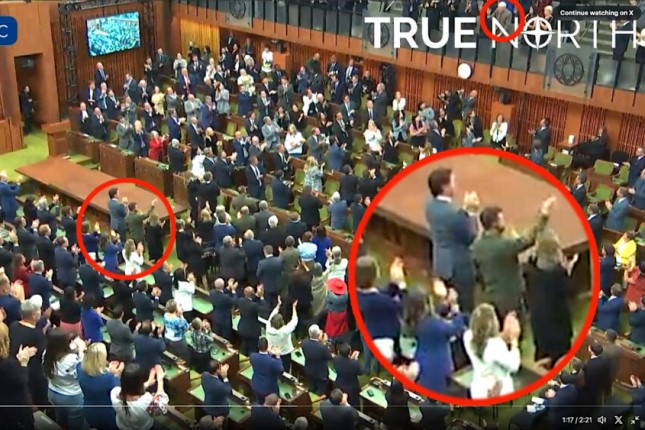
Zelensky raises right arm to salute as a Nazi is introduced to Parliament. Photo: Twitter / Thorston Banner / True North / CPAC / Cathy Vogan.
A week ago last Friday the Canadian Parliament responded with a standing ovation when the speaker, Anthony Rota, introduced a 98–year-old named Yaroslav Hunka as a hero for having fought on the side of Ukrainians during World War II. Hunka stood, the picture of modest valor, just after Volodymyr Zelensky had addressed the chamber. When Hunka’s service against the Soviets was noted, the Ukrainian president pointed towards Hunka in approval.
As it quickly emerged, Hunka served as a member of the Galicia Division of the Nazi Waffen SS. This unit was among the more brutal in its extermination of Jews during the war.
Rota resigned as parliamentary speaker last week. Zelensky, who knew good and well who a Ukrainian fighting the Soviets was fighting with and for, has had nothing to say. And amid a considerable political kerfuffle in Ottawa, Prime Minister Justin Trudeau offered this apology: “For all of us who were present to have unknowingly recognized this individual was a terrible mistake and a violation of the memory of those who suffered grievously at the hands of the Nazi regime…. It is extremely troubling to think that this egregious error is being politicized by Russia and its supporters to provide false propaganda about what Ukraine is fighting for.”
The Western powers, with the collusion of the Kiev regime’s leadership — and I don’t want to hear another word about Zelensky’s Jewishness — have spent years blurring the Nazi past in Ukraine and erasing the considerable presence of neo–Nazis in the Armed Forces of Ukraine and at all levels of the bureaucracy and government.
This is what you get — a dog’s dinner, a present devoid of a past. And instantly the Canadian PM, an American puppet in his own right, violates memory once again — in defense of memory, of course — by telling us Russian propaganda is what we must first worry about.
I am sick of this murk, this hypocrisy — all of it the consequence of an insidious campaign to tamper with history so that the U.S. and NATO can harness the visceral hatred of xenophobic extremists to wage a proxy war against Russia.
Hardly was I finished thinking through the travesty in Canada when U.S. Secretary of State Antony Blinken issued forth with this rendering of the same contentious chapters in European history: “Eighty-two years ago, Nazis murdered 34,000 Jews at Babyn Yar. Soviets buried this history, which today Putin’s government manipulates to provide cover for Russia’s abuses in Ukraine. The U.S. is committed to justice for Holocaust survivors and accountability for atrocities.”
Eighty-two years ago, Nazis murdered 34,000 Jews at Babyn Yar. Soviets buried this history, which today Putin's government manipulates to provide cover for Russia's abuses in Ukraine. The U.S. is committed to justice for Holocaust survivors and accountability for atrocities. — Secretary Antony Blinken.
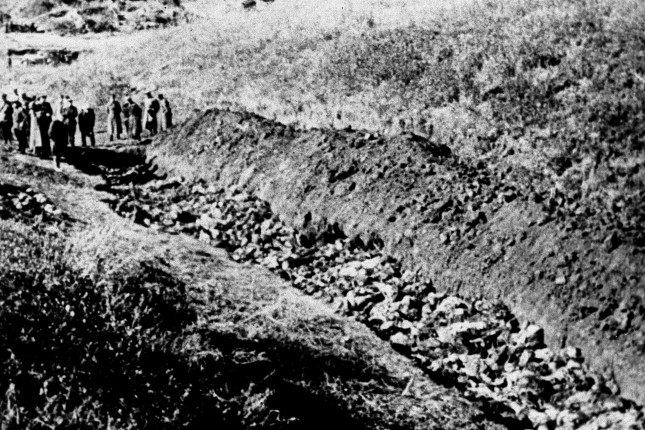
Victims of Babyn Yar. Picture by a German army photographer.
There are only two ways to read this nonsense. Either the secretary of state should fire the underling who writes his social media posts, or Tony Blinken now goes so far as to assume he can mangle history beyond all recognition, and in our confused present the result will stand.
For the record, Babyn Yar (also spelled Babi Yar), a section of Kiev, was the site of multiple Nazi massacres during World War II. Blinken’s reference is to the events of Sept. 29–30, 1941, when 34,000 people were massacred. In total, 100,000 to 150,000 Jews, Soviet POWs, Romani and others were killed there.
While the Nazis attempted to cover up the Babyn Yar atrocities, the Soviets instantly publicized them when they liberated Kiev in 1943. After the war they tried those deemed responsible.
Where did Blinken get such an idea from? It appears he is not the only person to believe this version of events. A September 2021 article in The Times of Israel about the 80th anniversary of the Babyn Yar massacre said that virtually no one was prosecuted for the massacre and that the Soviets refused to commemorate the killings, thus “buried this history.” The newspaper said: “At the Nuremberg Trials of the 1940s, one Nazi, Paul Blobel, was sentenced to death and executed for crimes at Babi Yar, among other places. Two others were given prison sentences. A 1968 trial ended with prison terms of 4-15 years for seven defendants; three men were acquitted in those trials, the last of any Babi Yar perpetrator. … In Ukraine, Babi Yar is also relatively obscure, partly due to communist authorities’ decades-long refusal to commemorate it. It was part of a broader policy that downplayed the suffering of Jews in the Holocaust, coopting it into the Soviet narrative about patriotic sacrifice in a fight against Nazism.”
But the facts do not support the idea that the Soviets buried the story or that only a handful were tried at Nuremberg. The Soviets conducted trials in Kiev in 1946 and a dozen perpetrators were hanged in the city’s Maidan square, scene of the 2014 neo-Nazi-backed coup that has led to the current war. Wikipedia says: “In January 1946, 15 former members of the German police … were tried in Kyiv over their roles in the massacre and other atrocities. Twelve of them were sentenced to death. … The other three received prison sentences. Those condemned to death were publicly hanged in the town square of Kyiv on 29 January 1946.[57]”
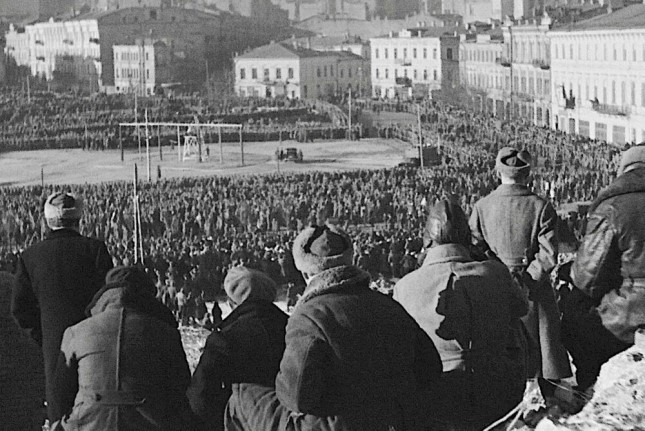
Hanging of perpetrators of Babyn Yar massacre in Kiev’s Maidan square, 1946. Photo: Still from “The Kiev Trial,” courtesy of the Jerusalem Film Festival.
In memorials, the Soviets treated the Babyn Yar victims equally, without singling out Jews or Roma, leading to a popularly held notion that the history was buried. Wikipedia says: “After the war, specifically Jewish and Roma commemoration efforts encountered difficulty because of the Soviet Union’s emphasis on secular remembrances honoring all nationalities of the Soviet Union, so memorials (including at Babi Yar) would generally refer to ‘peaceful victims of fascism.’ Memorials were not explicitly forbidden, but successive Soviet leaders preferred instead to emphasise the wide-ranging origins of those murdered at the site. This meant that both Jewish and Roma peoples were not specifically memorialised at the Babi Yar site until the Soviet Union collapsed.[61] Indeed, Yevgeny Yevtushenko‘s 1961 poem on Babi Yar begins ‘Nad Babim Yarom pamyatnikov nyet’ (‘Over Babi Yar there are no monuments’); it is also the first line of Shostakovich’s Symphony No. 13.”
While The Times of Israel story also spoke of the upsurge of support in Ukraine for the Ukrainian fascist collaborators who took part in the massacre, Blinken makes absolutely no reference to it.
Those with little respect for history, and so none for us to whom history belongs, have many reasons to pervert it. For the past decade their cause has been to abuse history to induce a deep an enduring hatred of Russia and its people.
And as the events reviewed here indicate, the specific cause now is to recruit us to the side of a nation with a long history of Russia-hating so that we will excuse its disgraceful excesses, or pretend, even better, there are none.
Main photo: Monument in Babyn Yar, installed in 1976.
Source: Consortium News.
